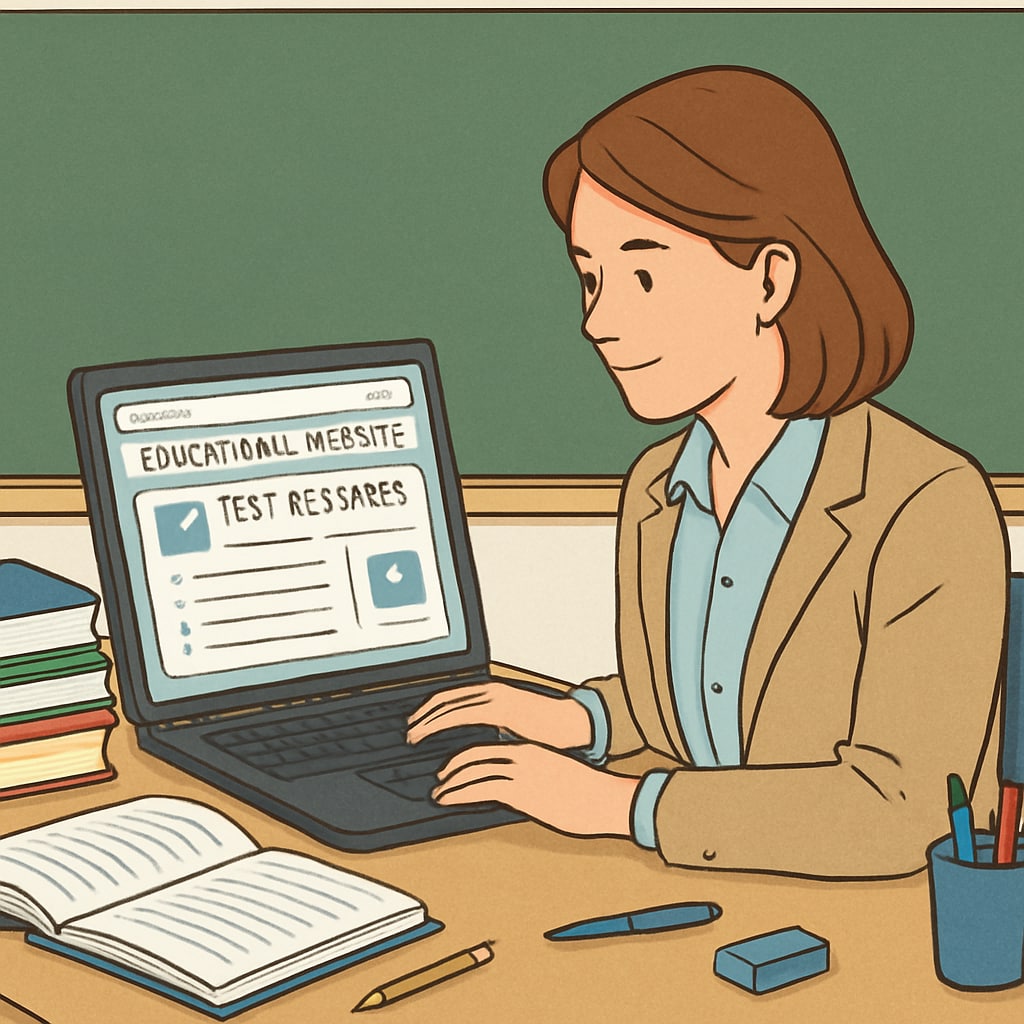In the realm of K12 education, finding reliable and high-quality test resources is essential for evaluating student performance and refining teaching approaches. Effective test resources provide educators with the tools to measure learning outcomes precisely and make informed decisions to enhance student success. But where can you find these resources, and how can they be leveraged effectively in the classroom? This article delves into the core characteristics of excellent test resources, explores reliable channels for discovering them, and offers practical strategies for integrating them into your teaching practices.
What Defines High-Quality Test Resources?
Before embarking on the search for effective test resources, it is crucial to understand their defining qualities. High-quality resources share several common characteristics:
- Alignment with Curriculum: The test materials should align closely with educational standards and objectives, ensuring relevance to the topics being taught.
- Clarity and Accessibility: Questions and instructions must be clear and easy to understand, catering to the diverse needs of K12 students.
- Variety of Formats: A blend of multiple-choice, open-ended, and performance-based questions ensures comprehensive assessment.
- Reliability and Validity: The resource should provide consistent results and accurately measure the intended learning outcomes.
- Flexibility: Resources should be adaptable, allowing educators to tailor them to specific class needs.
By identifying these qualities, educators can better evaluate the suitability of a test resource for their classrooms.

Where to Find Reliable Test Resources
The internet offers a wealth of resources, but finding the right ones can be challenging. Here are some trusted channels to discover high-quality test resources for K12 education:
- Educational Websites: Platforms like Khan Academy and Edutopia provide free and premium test materials tailored to various grade levels and subjects.
- Government and Non-Profit Resources: Many education departments and non-profits offer standardized test samples and guidelines. For example, the U.S. Department of Education provides useful tools for teachers.
- Educational Technology Tools: Tools like Quizlet, Kahoot, and Google Forms enable educators to create and share custom assessments.
- Professional Networks: Joining teacher forums and education-focused social media groups can provide access to shared resources and peer recommendations.
- Publisher Platforms: Many textbook publishers offer complementary assessment tools aligned with their content.
Each of these channels provides unique benefits, and combining several can yield a rich pool of resources tailored to your needs.

Integrating Test Resources into Teaching Practice
Once you’ve found the right resources, the next step is integrating them effectively into your teaching strategy. Here are some actionable tips:
- Start with Pre-Assessments: Use diagnostic tests to gauge students’ initial understanding and tailor your lesson plans accordingly.
- Incorporate Formative Assessments: Regular, low-stakes quizzes during lessons help monitor progress and adjust teaching methods in real time.
- Utilize Summative Assessments: At the end of a unit, use comprehensive tests to measure overall understanding and identify areas for improvement.
- Encourage Student Feedback: Allow students to discuss their test experiences, which can offer insights into how to improve future assessments.
- Leverage Technology: Digital tools can automate grading, provide instant feedback, and track performance over time.
By embedding these strategies into your teaching, you can create a dynamic and responsive learning environment.
In conclusion, high-quality test resources are indispensable for effective K12 education. They empower educators to assess student learning accurately and adapt their teaching strategies to meet diverse needs. By understanding what makes a resource valuable, exploring reliable channels, and integrating them thoughtfully, teachers can unlock the full potential of their classrooms.


